An Unexplained Injustice
This is not a history lesson on slavery. We are rooting this play in the people making it. We are diving deep into the reasons why people do the things that they do. Why do people who are born into privilege feel as though they can act on the monstrous thoughts that everybody has? We all have demons inside of us. We all have those monstrous thoughts, but what is it about our circumstances that allows us to act on them?
We’re not trying to vilify anybody. But we have to look deeply into the oppressors’ lives just as deeply as we do the oppressed. That way, we can actually have a dialogue about the reasoning as to why we have systemic issues. We can look at the historical, political, and socio-political issues surrounding our relationship with slavery and our own history within Quebec and within Canada.
And all of this is propelled by the central character of Angélique. A clear injustice was done to Angélique. An unexplained injustice in a paranoid society that is as relevant today as it was centuries ago.

Jenny Brizard, Olivier Lamarche / Set & Costume Design by Eo Sharp, Lighting Design by David Perreault Ninacs / Photo by Andrée Lanthier
I came across the script for Angélique over ten years ago when I was working at Black Theatre Workshop as the assistant artistic director. I was looking for material to engage the young writers in a monologue workshop. When I read the script, I fell in love. I fell in love with the inherent poetry of the text, the lyricism—a traditional sort of Western language mixed in with spoken word, musical poetry, song, and dance. It was just peppered all over the script, a celebration of theatre and culture, all in one script.
I didn’t really know a whole lot about Angélique before fifteen years ago. Most of the stories we hear about Black history are very small, and within the history books they tend to be regulated to stories about our southern colleagues—MLK, Malcolm X, the Underground Railroad.
As I was looking at this play, I saw that Lorena Gale was proposing a dialogue, or creating a dialogue, about a history that that we don’t often acknowledge. And Gale was looking at this story beyond the historical context. She was looking at it through the lens of Angélique as a human being who had lived, was tortured, and killed for something that we do not know if she was responsible for. By virtue of that, her story became a very human journey, a psychological journey through a very dark time in our history.
In 2015, the company I co-founded, Tableau d’Hôte Theatre, received funding to workshop the script on its feet. We were drawn to investigate how Gale proposes the setting—the play takes place where then is now, and now is then. This cross-historical timeline uses the backdrop of the 1700s in Nouvelle France to examine this story with a contemporary lens. We can see the parallels of how far we’ve gone within these conversations. We have embedded oppression and racism in our country that we do not dialogue about.
We (Tableau D’Hôte Theatre) knew we couldn’t do this show alone because at the time we were still a super small, but thriving, indie company. And finally, Black Theatre Workshop’s Quincy Armorer, said, “Okay. Let’s do this.” This co-production has been an incredibly rewarding experience as a director and a theatre artist. It has brought together incredibly unique, varied voices onto one stage under the same vision.

Omari Newton, Jenny Brizard / Set & Costume Design by Eo Sharp, Lighting Design by David Perreault Ninacs / Photo by Andrew Alexander
The experience that we had with the 2017 production in Montreal and in Quebec, in terms of a relationship with the audience, was very deep and intense. Not only was there an acknowledgement of the larger themes (yes, slavery was in Canada), but it happened in our own backyard. In Montreal, we can literally take a couple of steps in the Old Port and walk the routes of Angélique’s torture and public hanging. We could actually trace her footsteps.
There are people who are willing to ride the waves and willing to accept this human story in relation to history. And then there are those who say, “Mm, I don’t know. It seems a little bit far-fetched.” Or, “We’ve seen this story before.” And so I say, “Well, what is it that you actually want to see versus what you are allowing yourself to witness?” Because if you actually allow yourself to be in the room and move through the really difficult, raw moments of the play, that I think are told as respectfully as possible, then maybe you would have a different experience. And maybe not.
This is the foundation on which our country was built.
I had a conversation at a panel recently about the trifecta of the particular experience within Canada where you look at the Indigenous person, the African or the Caribbean, the transported Black person, and the European. And you look at the terminology that’s used to describe them, historically speaking. The European is called ‘the golden child.’ And there are certainly different connotations, that don’t bear repeating, for Indigenous and Black people. This is the foundation on which our country was built.
To dispute that is naïve. This is a fact. There’s no opinion in this. Angélique recently toured to the NAC in Ottawa, and at a talkback after the show, we asked how many people knew slavery existed in Canada. Out of a hundred people, about four people put their hands up. That’s intense.
What is fundamental to this story is the universality and complexity of the human condition. These are the things that unite us, propel us. I want us all, even myself as an audience member, to be reminded that these are things we all share. These elements are what make us powerful. They make us weak. They make us profound. Understanding this allows us the opening to create a bridge to understand someone else.
If we allow ourselves to take one step on that bridge, I think we’ll have the potential to engage in post-show conversations, which are just the start. Angélique is not about whether or not she started the fire. What matters is what leads up to that point and what happens to her as a result. Do we understand, do we not understand? Why or why not? If we can juggle those questions and have that conversation in the lobby or at home afterwards, then that is the best takeaway for me. And that means not only this play, but theatre, is doing its job.
This interview has been condensed and edited for length and clarity.

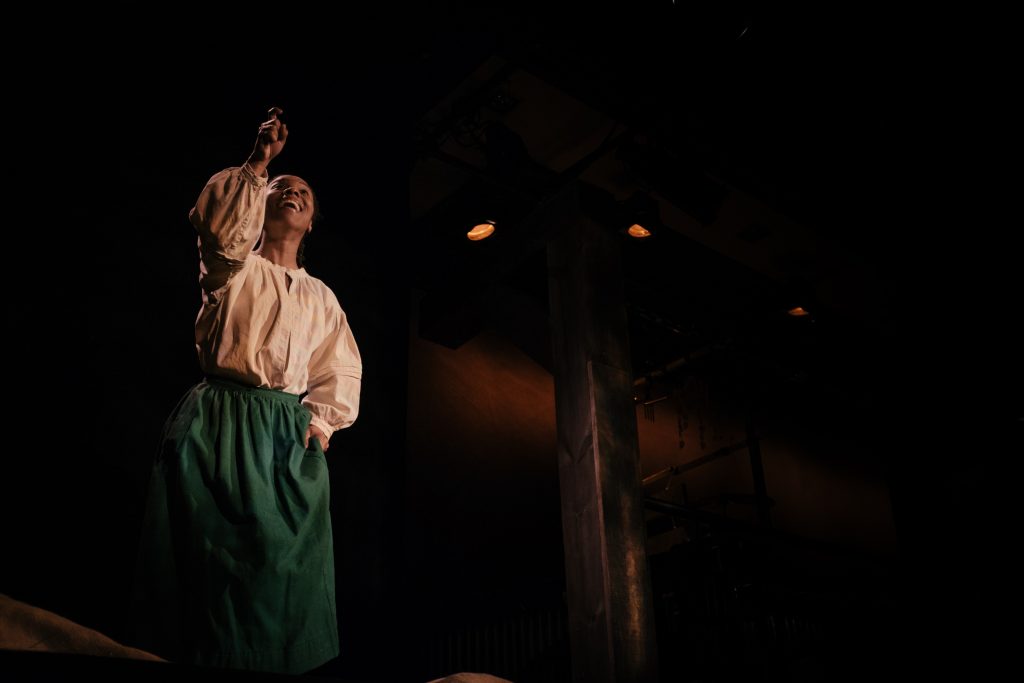
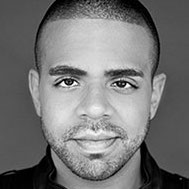







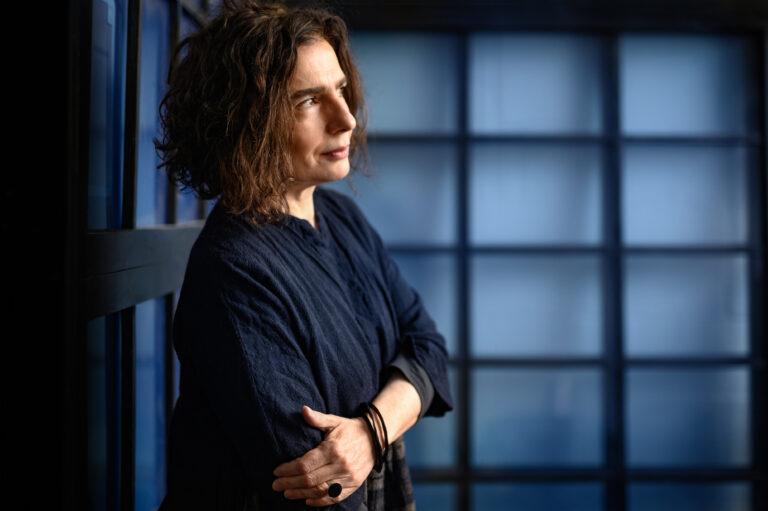
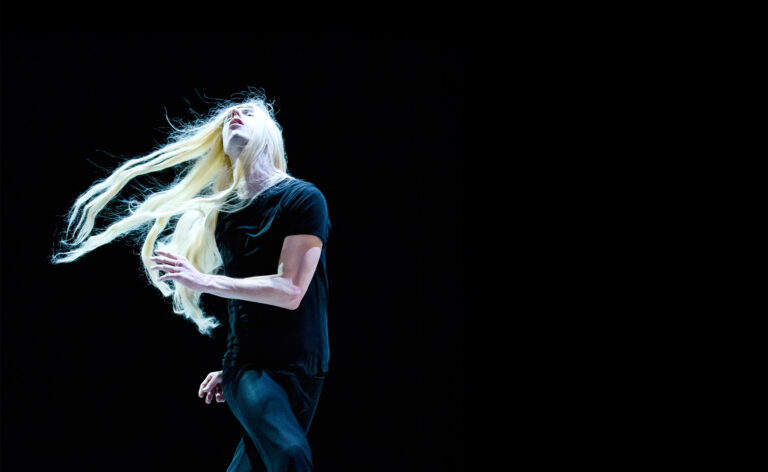
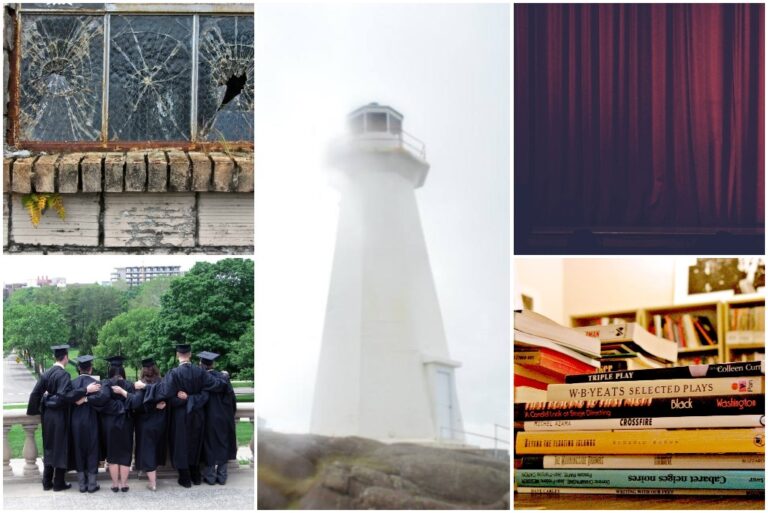

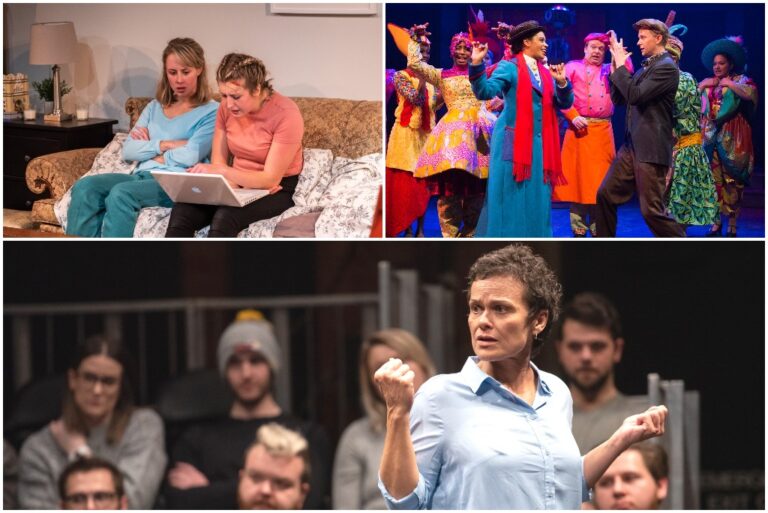
Comments